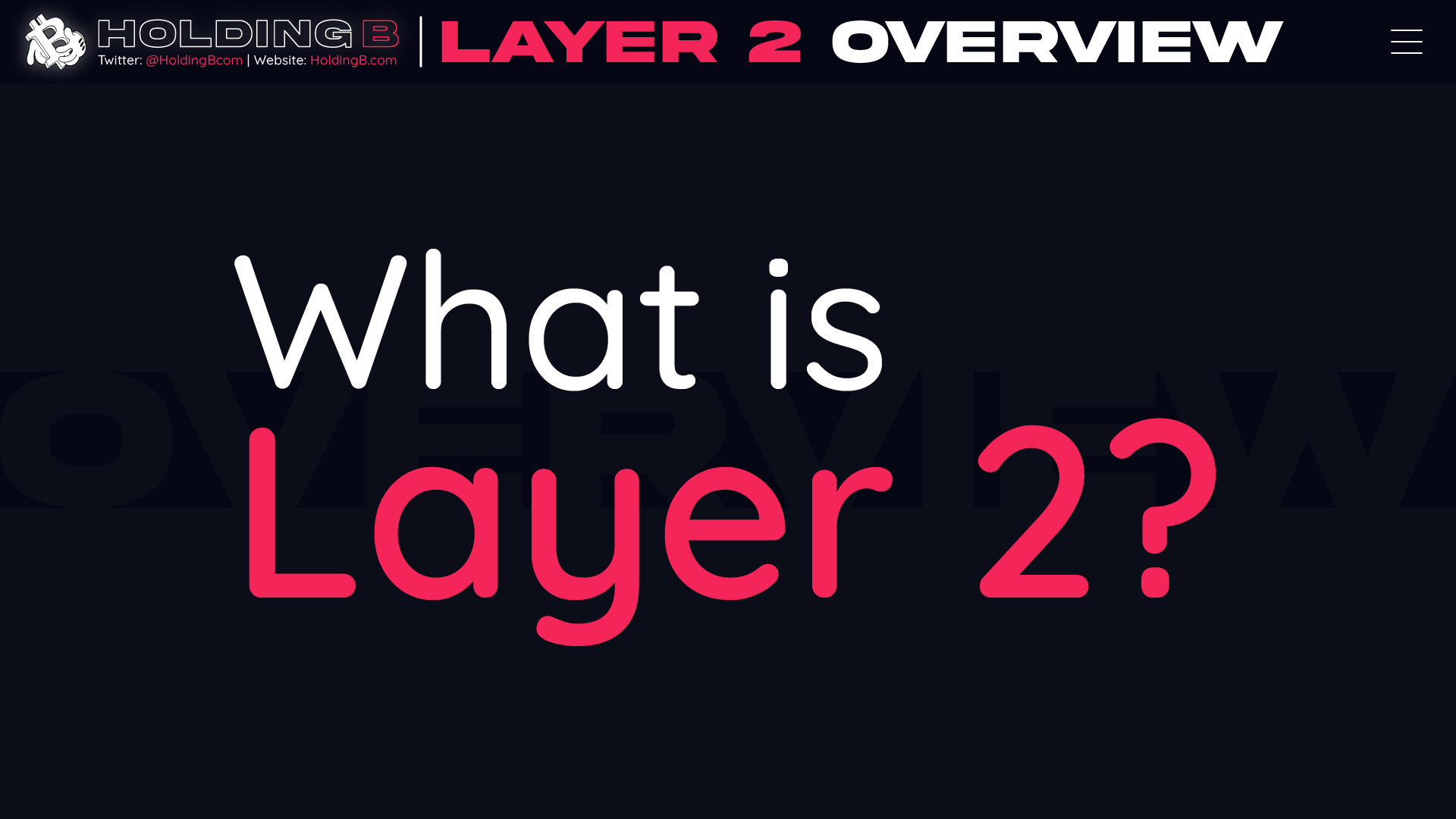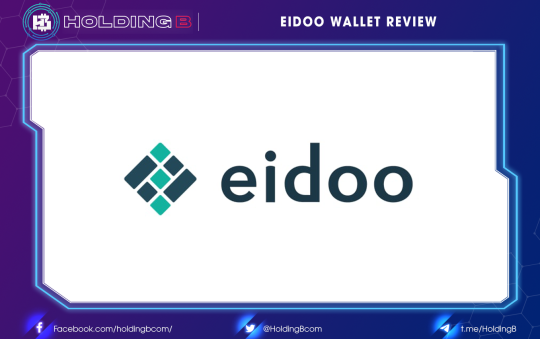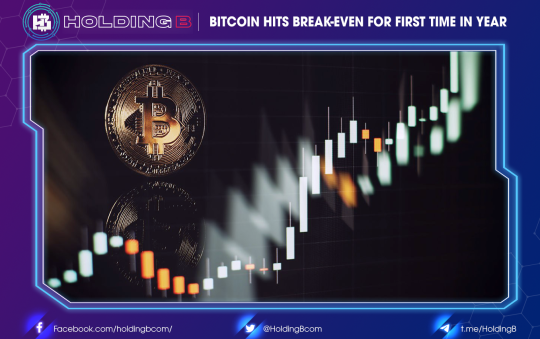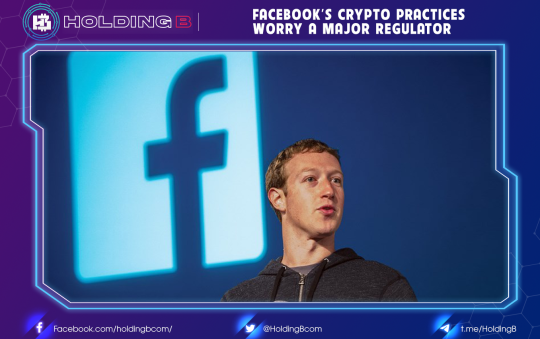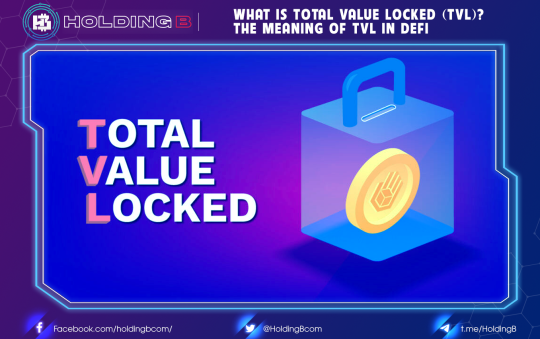WHAT IS LAYER 2 ?
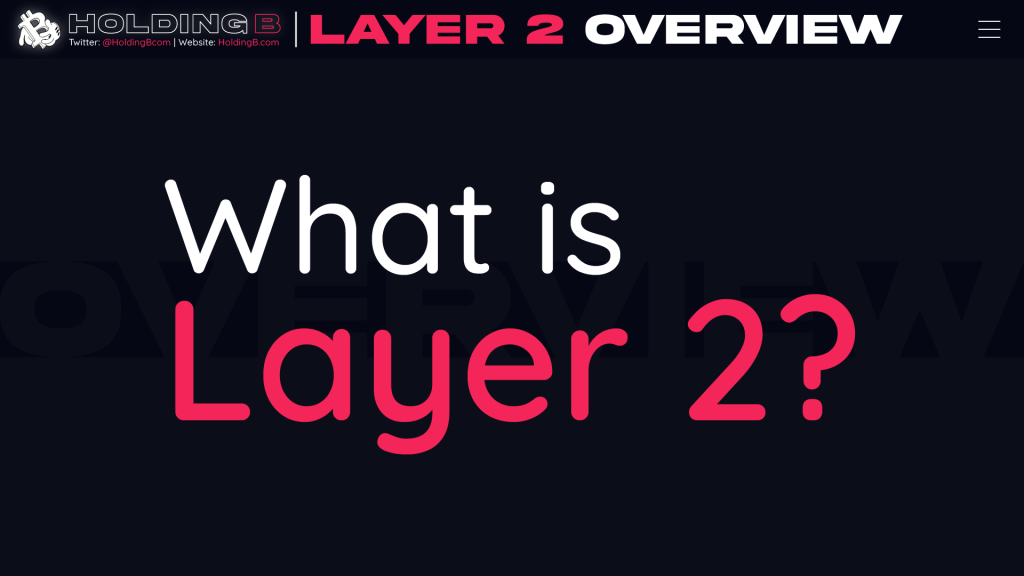
Layer 2 is an scaling solution for Ethereum that has had an extremely impressive growth rate in recent years. So what is Layer 2 and how to find opportunities in Layer 2 array?
Layer 2 (aka L2) is the collective name for Ethereum’s scalability solutions. The feature of Layer 2 is that it is built on Layer 1 and inherits the security from Ethereum. They are capable of processing more transactions, reducing costs, and have faster transaction confirmation speeds than Layer 1.
The factor that inherits security from Layer 1 Ethereum is the biggest difference between layer 2 and other Ethereum scaling solutions.
WHY IS IT IMPORTANT?
Although beyond Layer 2, there are still many solutions to solve the scalability problem of Ethereum like other layer 1 (Solana, Binance Smart Chain), or sidechains like Polygon. We have to admit that Ethereum is still a blockchain:
- Most disruptive: Most of the projects with new and more efficient models appear on Ethereum, most recently Olympus DAO, Uniswap v3, and before that other pieces of DeFI like Aggregator, fixed rate (fixed rate). All of those projects have become the norm for projects in other chains to copy and this proves that the number and quality of developers on Ethereum is still far ahead of other chains.
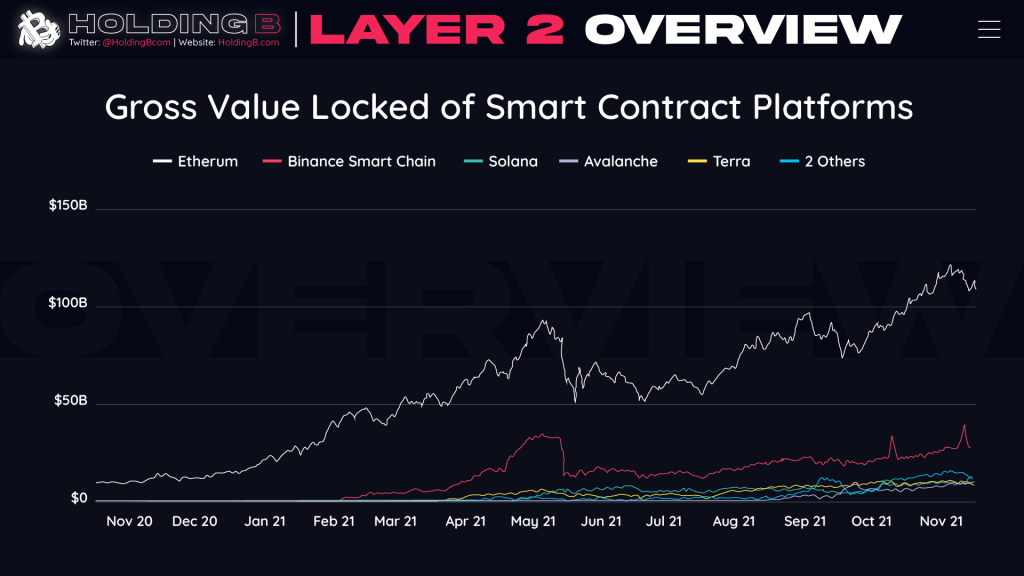
Ethereum’s TVL is still outpacing other chains – Source: The Block
- Except for Bitcoin, Etherum is still the most secure and decentralized chain: For a more in-depth explanation, you can refer to how blockchain works. But to summarize, each blockchain will have a number of validators to implement the consensus mechanism and put transactions on the chain. Although there are some chains like Solana that have other transaction verification mechanisms, in general, the more validators, the higher the security, and Ethereum is the blockchain with the highest number of validators.
For example: If you deposit money in Polygon, BSC because the number of validators is low, if the majority of validators agree not to let you withdraw, you cannot withdraw. In contrast to Ethereum because of the large number of Validators, the rate of transactions not being approved is almost none (Of course, the transaction must be valid).
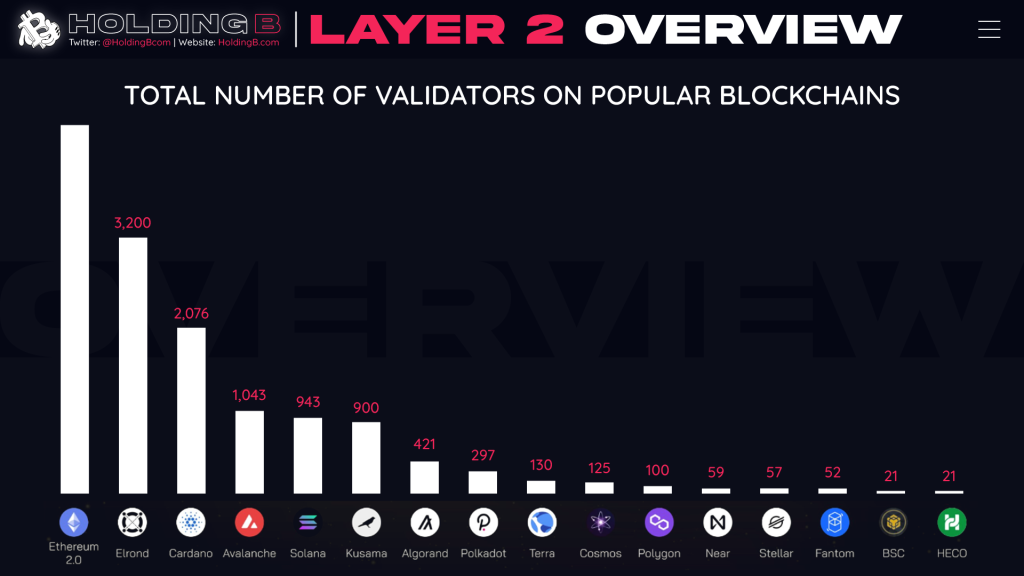
The number of Validators of Ethereum far exceeds that of other chains – Source: Coin98 Analytics
The ultimate purpose of blockchain is Decentralized, where the power belongs to the user and does not depend on a third party. That’s why layer 2 solutions are focused because they inherit the security of Layer 1 Ethereum. Even if there are many other blockchains that are very successful like BSC or Solana, Ethereum has never ceased to be attractive to many people as they aim for a further ideal that is a decentralized world.
⇒ All in all, Ethereum is still holding its leading position, so solutions to solve Ethereum’s problems are still a fork that receives a lot of attention and has great growth potential.
WHAT PROBLEM DOES LAYER 2 SOLVE?
Major networks like Bitcoin and Ethereum face massive scale of inherent limitations. Ethereum only processes about 12 to 20 transactions per second while the decentralized platform (DeFi) on the Ethereum network is growing rapidly, requiring the main network to process even faster.
When a transaction occurs, there must be a global consensus on the decentralized network. All nodes on the network keep a full copy of transactions to validate transactions on the network. It is designed to solve the problem of double spending without depending on the middle man.
Layer 2 helps to reduce the bulk of data processing on the blockchain by running computation off-chain. The main chain then only needs to make decisions for the data that was previously processed by layer 2.
The main benefit of layer 2 is that it minimizes data storage on the base layer. Removing transactions from the base layer, while still anchored to it, frees up processing resources to do other things while still receiving the benefits of security and decentralization.
Types of Layers 2
While they share the same goal of solving the limitations of the Ethereum network, layer 2 itself is a very broad field with many different solutions. The solutions that are said to be the best currently include: State Channel, Plasma and hot solutions discussed in the past Rollups, in Rollups continue to be divided into two types Optimistic RollUps and Zk RollUps

The most prominent layer 2 solutions today
Below is a comparison table of the advantages and disadvantages of layer 2 solutions, you can see how they work in detail in the article Ethereum scaling solutions.
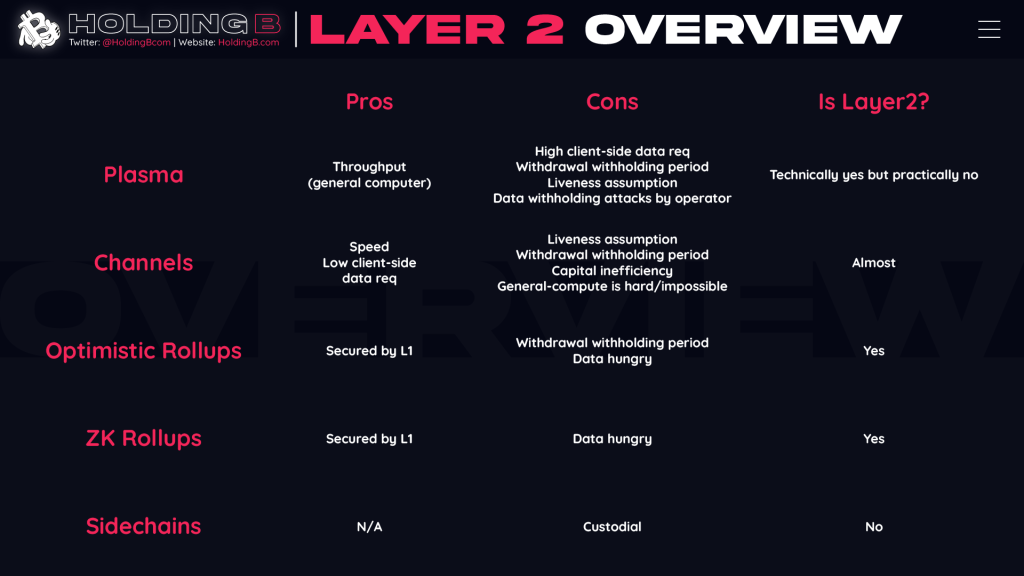
- Plasma
Plasma is a scaling solution on the Ethereum (ETH) mainnet proposed by Vitalik Buterin together with Joseph Poon, Plasma uses a combination of smart contracts and cryptographic verification that enables fast transactions and low gas fees by reducing loads transactions on Ethereum into a sub-chain.
Essentially, each Plasma subchain is a customizable smart contract designed to serve different needs and operate independently. Plasma will make it possible for businesses and companies to deploy scalable solutions in a variety of ways, depending on their specific context and needs.
Plasma projects can be mentioned as:
- Gazelle: Is a DApp development platform that ensures to make applications secure, extensible and usable with layer 2 technology.
- OMG Network: A scalable solution that handles thousands of transactions per second on Ethereum. OMG creates a value transfer layer on top of Ethereum that bundles Ethereum transactions together and validates them through a speed-optimized subchain before sending it back to the Ethereum blockchain for confirmation.
- Loom Network: This project leverages the Plasma solution to create highly scalable game and social networking DApps.
- Rollups
Rollups is a scaling solution that does not run on the base layer of the Ethereum network but has a structure similar to that of Plasma. This solution provides near-instant transactions, the smart contract on Rollups requires no gas, except for the aggregation fee. The transaction speed enabled by Rollups is around 100 transactions per second with the potential to increase to 500 tps.
Rollups projects can be mentioned as:
- zkTube: A project built and developed based on the PLONK algorithm protocol using ZK-Rollup technology. It can improve scalability by converting batches of transactions into a single transaction.
- Arbitrum: The platform is designed to allow developers to easily run unmodified EVM contracts and Ethereum transactions on Layer 2, while still benefiting from Ethereum’s Layer 1 security.
- State Channels
State Channels is also a scaling solution on the Ethereum network, which is similar to the Lightning Network on the Bitcoin platform. This solution allows users to transact with each other without having to put transaction data on its blockchain making it safer and more secure. except when opening and closing trades.
State Channels projects include:
- Connext: is a project that applies a state channel solution that allows for fast transactions, completely non-communication between EVM-compatible chains and L2 systems.
- Raiden: is a payment channel applying state channel solution. Unlike Lightning Network, Raiden is more than a simple payment channel. Users can transfer smart contract data.
THE POTENTIAL OF LAYER 2
- About growth potential
Currently, the amount of assets that Ethereum owns is $170 billion.
TVL on Ethereum – Source: DeFiLlama
If we consider the current top 10 layer 2 in terms of TVL, except for Arbitrum with 2.67B TVL, the remaining layers 2 have not reached 1 billion dollars. Assuming Ethereum does not grow and a layer 2 can attract 10% TVL from Ethereum, that is also a very high number.
- An outstanding potential
2 is greater than 1 and this is similar to the design of the blockchain. There are two recently discussed concepts of how blockchain evolves: Modular blockchain and Monolithic blockchain.
I will send you an analysis of this hot topic in the near future, before that we can simply understand:
- Monolithic blockchain: Develop everything on a blockchain similar to how Solana is doing today.
- Modular blockchain: Work sharing for multiple chains similar to how multiple layer 2s are growing on top of layer 1 Ethereum today, or how multiple chains are developed using Cosmos’ infrastructure
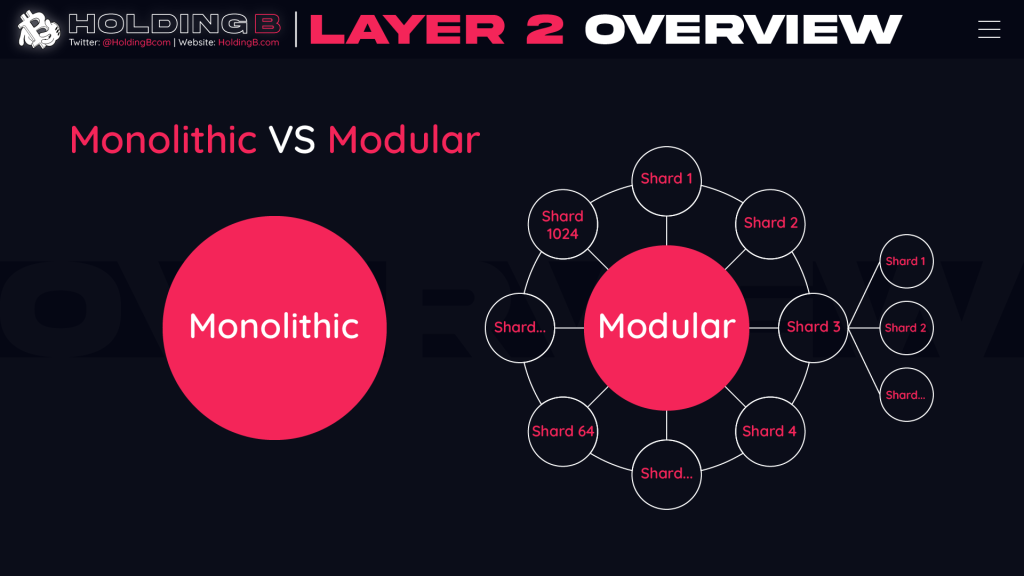
Therefore, in terms of potential, in the future Modular blockchains can be expanded many times over monolithic blockchains (100 blockchains of 10K TPS are larger than 1 blockchain of 50K TPS).
⇒ To summarize, layer 2 blockchains not only have a potential market available at the moment, but also have much more growth potential in the future.
LIMITATIONS OF LAYER 2
Although Layer 2 has great growth potential, at the moment they have a lot of limitations and need to be overcome in order for layer 2 to be easier to reach users.
The biggest limitations include:
– High costs: Although the fees on layer 2 are much easier to breathe compared to layer 1, they are still too high at the moment. Not to mention the cost to bring assets from layer 1 to layer 2 is also very high.
Bridge fee from Layer 1 to Layer 2 Optimism ($4,200/ETH, 125 GWEI)
– Still too new: Most of layer 2 has only appeared in the last few months, so the development projects on layer 2 are still limited and have not had many breakthroughs.
– Product development experience: Although layer 2 like Optimisitc RollUps is EVM compatible, this doesn’t mean that Devs can develop on layer 2 as easily as it does on layer 1. Devs still have to tweak the product and this also partly affects the development of layer 2.
– Fragmented liquidity: Having multiple layer 2 is similar to liquidity fragmentation while there are not many Cross-chain bridge solutions available yet. This is a big deal because liquidity can be considered the lifeblood of any trading market.
However, to comment objectively, the above limitations are all being addressed, and there are many prominent faces that are receiving many positive comments from the community, which we will learn about in the next section.
LAYERS 2 STAND OUT AT THE MOMENT
To evaluate a good layer 2, the technology factor only accounts for a part. No matter how good a chain has technology, if there are no development projects on it, it is zero. Therefore, to consider the outstanding layer 2 at the present time, I will choose the layer 2 that has the most developed ecosystem and has received a lot of attention from the community.
The most prominent Layer 2 today:
- Arbitrum
Arbitrum is layer 2 using Optimistic RollUps technology, Arbitrum is the first layer 2 solution compatible with EVM to mainnet, with open whitelist for any project wishing to launch on Arbitrum has greatly expanded the ecosystem. fast. Currently, Arbitrum is the top layer 2 in terms of TVL, the number of development projects, besides, the leading projects such as: Uniswap, Sushiswap, Curve, … are also present on Arbitrum.
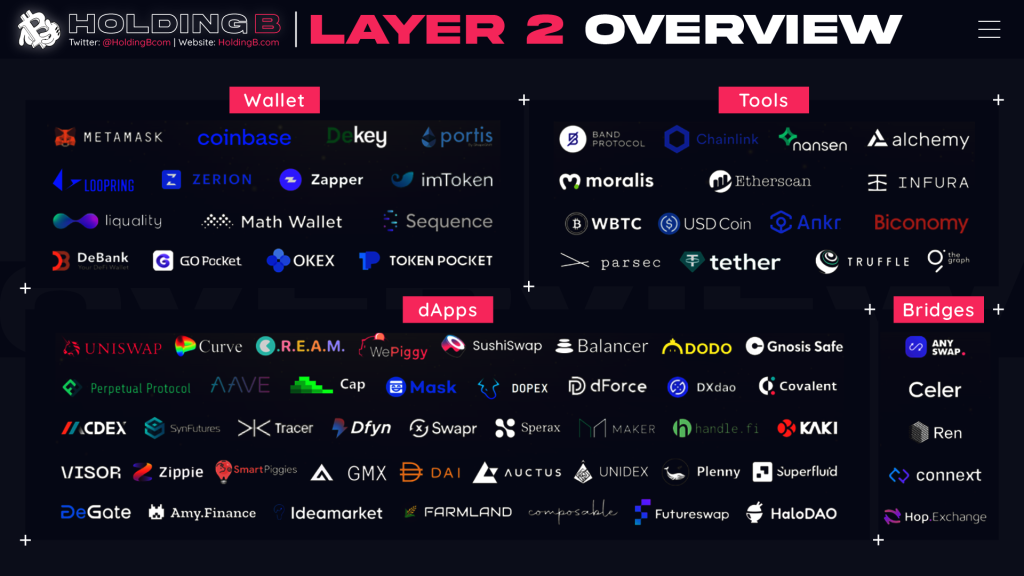
- Optimism
Similar to Arbitrum, Optimism is also Layer 2 using Optimistic RollUps technology. Optimism used to be the layer 2 that received the most attention when the news about the mainnet launch was mentioned long ago, leading projects like Uniswap, Synthetix also talked about using Optimism’s solution. However, Optimism was delayed for a long time and was overtaken by Arbitrum.
Currently, although the mainnet has been released, Optimism is still limited because of the limit on the number of projects developed on Optimism. However, Optimism is planning to allow projects to freely develop on Optimism, which promises to be a big boost for the ecosystem.
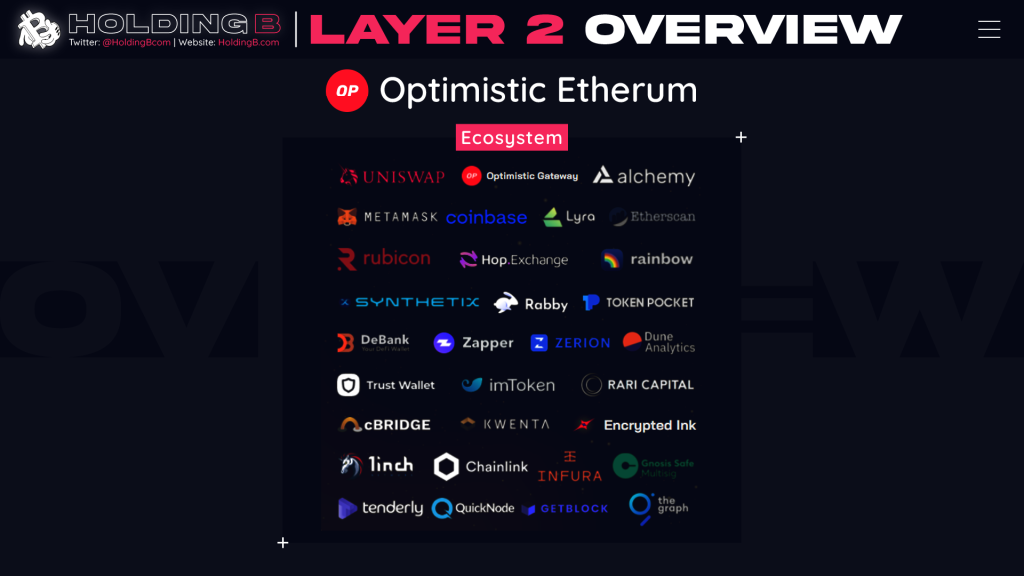
- oBba Network
As a new name appeared recently, but Boba Network has shown methodical in developing and attracting new users to the ecosystem. Boba Network also uses the Optimisitc Rollups solution to make the deployment of new projects more convenient and faster. The first pieces of the system like Oolong Swap, SenpaiSwap, Swapperchan,… are having an impressive growth rate.
Oolongswap’s TVL and volume grow fast
- ZkSync
Different from other prominent layer 2, ZkSync uses ZkRollups solution. Since this technology is still very new, ZkSync is not fully EVM compatible at the moment and the transfer of projects from Etherum to ZkSync is not yet possible. However, on the other hand, projects developed from scratch on ZkSync are all very successful because they provide an extremely good user experience from transaction speed, asset withdrawal to almost zero costs,. .. Some typical names can be mentioned such as dYdX, ImmutableX, DeversiFi.
ZkSync already has a roadmap to support EVM compatibility in the future and I am quite hopeful with this solution leading the ZkRollups array.
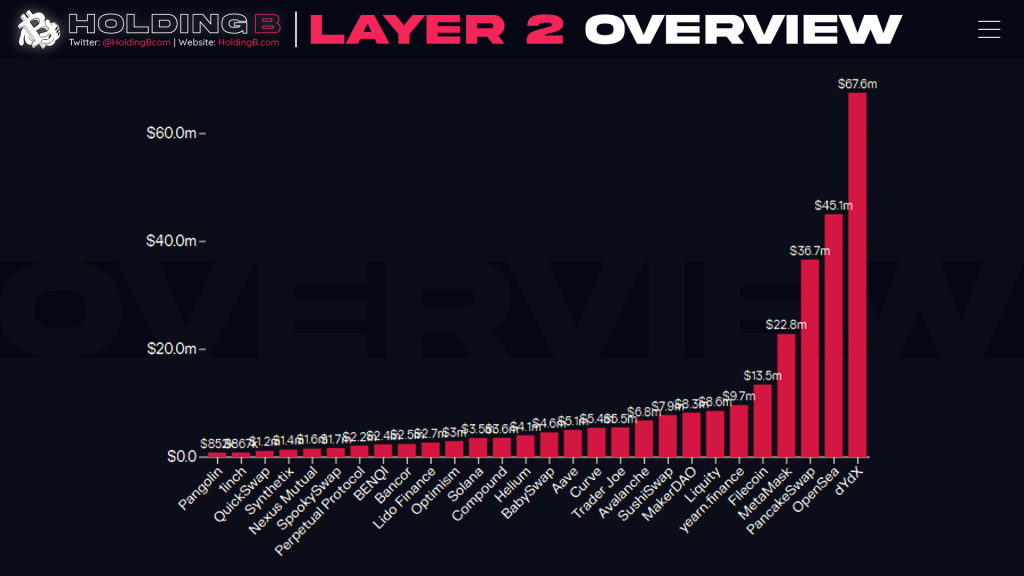
dYdX’s revenue is among the top in the market at the moment
INVESTMENT OPPORTUNITIES IN THE LAYER 2 ARRAY
Layer 2 has a great growth potential and is growing fast, so it is very important as an investor to be prepared to not miss out on opportunities in the near future.
In my opinion, there are ways to invest in Layer 2 arrays as follows:
- Invest in layer 2: In essence, Layer 2 is similar to a separate chain, so to assess whether they have potential or not, let’s look at the ecosystem and the development speed of the ecosystem on that layer 2. . Layer 2 with a full puzzle will be easier to attract cash flow, this is almost similar to Layer 1 blockchains.
Top layer2 currently
- Invest in the bridge: Similar to the Cross-chain bridge needed for layer 1, the bridge that helps transfer assets back and forth between layers 2 will also hold a particularly important position. Especially with thin liquidity and high barriers to bringing assets to Layer 2, bridges will be an indispensable tool if layer 2 develops in the future. Some cross-chain bridge projects include Coin98 wallet, Hop Protocol, Connext, deBridge,…
- Projects developed directly on Layer 2: Just like Pancake Swap is the largest AMM on Binance Smart Chain, Quickswap is the largest AMM in Polygon,… projects developed directly on a chain often receive approval. support of many parties and more favorable in the process of developing and attracting users. Therefore, projects developed directly on layer 2 are also a potential branch for us to seek investment opportunities.
PROJECTION TO LAYER 2
Here are a few of my projections for the future of Layer 2:
-In the future, Layer 1 Ethereum will act as a layer of security, while most user activities will take place on Layer 2.
-Sidechain will still have a place because the cost is much lower than Layer 2, and there are many areas that do not require too high of security like gaming.
-There is a high possibility that Layer 2 will issue tokens, the simple reason is that if a Layer 2 does not issue tokens, it will be very easy to be surpassed by Layer 2 with tokens. If there are two similar ecosystems in terms of parameters, will you choose to join the system with token rewards or choose the system with nothing?
EPILOGUE
Layer 2 is a potential branch with impressive real growth metrics and we ourselves are still in the early stages of preparing to find investment opportunities.
During my research, I found that there are quite a few conservative opinions that this extension solution is better than another extension solution. But as an investor, I often judge by actual growth data rather than just the technology behind it.
How will the future develop? Which Layer 2 solution will win? Will Ethereum take the most market share or be overtaken by another blockchain? At present, it is difficult to give a definite answer to this question, but I believe that for those of you who are really interested and take the time to learn, no matter what happens, we can overcome and fight. win.

